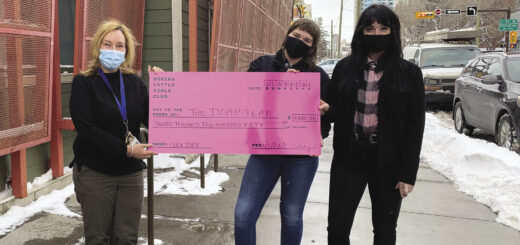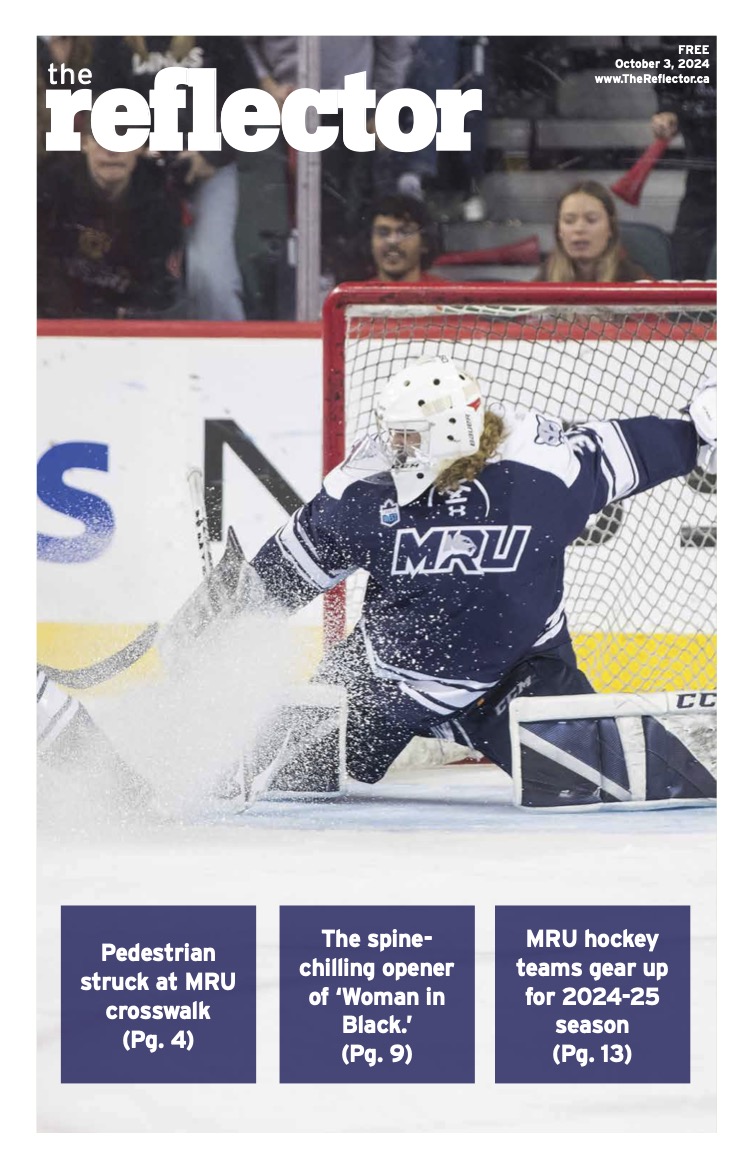Brothers in arms
by Devin Ayotte
The Reflector

Photos by Jorden Dixon. The bro-hug is widely accepted as the traditional greeting between bros. When you spot a bro, clasp hands, place your other arm around his shoulder and, with an affirmitive grip, you’ll let him know you have his back.
Though it has yet to grace the pages of the hallowed Oxford English Dictionary, the term bromance is gaining ground in gender studies discourse and fraternity house basement discourse all throughout North America. For the uninitiated (i.e. those among our educated readership who did not rush out to see I Love You, Man on opening night) a bromance is a platonic relationship between two men (or bros, if you will) in which mutual expressions of affection and sharing of emotion are permissible.
The etymology of the word is difficult to trace – several non-scholarly sources attribute it to the editor of a skateboarding magazine who used it in the 1990s to describe close relationships between skateboarders – but the definition is fairly universal.
“I guess to me a bromance is kind of a relationship between two guys that borders on being a romantic relationship, but it’s still heterosexual,” Myles Sauer, a second-year English major and notorious bro, said.
Lee Easton, chair of the English department at MRU, traces the genesis of the bromantic ideal to the dramatic changes in social conceptions of sexuality, which began in the early 1980s.
According to Easton, bromance began “in the latter part of the 20th century, and particularly after the emergence of HIV/AIDS, which made gay men become much more visible than they ever had been before. It also meant that as HIV made its way into the general population … sexual practices became much more visible too.”
“Suddenly you’ve got all these visible gay men, and one of the things we find out is – guess what? There’s a range of gay men. And there are a lot of gay men who actually look pretty much the same as straight men.” Consequently, the implicit connection between masculinity and heterosexuality that previous generations have unquestioningly accepted has been exposed as nonsense.
Easton said bromance is a response to this shattered connection between masculinity and sexual preference. In the absence of the “always heterosexual” criterion of masculinity, bros must use new methods to affirm their heterosexuality.
In order to clearly describe “loving relationships between heterosexual men that ostensibly don’t pass into the sexual,” a new term was required.
“The ‘bromance’… gives it a kind of social acceptability, it contains it,” said Easton.
Sauer acknowledged the ironic uses of the word, often used to ridicule bros whose close friendship is a source of discomfort or amusement to others.
“I think it can be seen as kind of reductive, because when people label something as a bromance I think they mean it in kind of a joking sort of way,” said Sauer.
Although justifiably critical of the way in which it is applied, Easton has hope for the bromance.
“It opens up possibilities for men to be more open about their feelings for each other, and to be able to express emotions that have previous been either inexpressible or, when expressed, suspect because they could be seen as signs of homosexuality.”
Bros have what women have had for so long. It’s okay to have a best male friend, bro.




